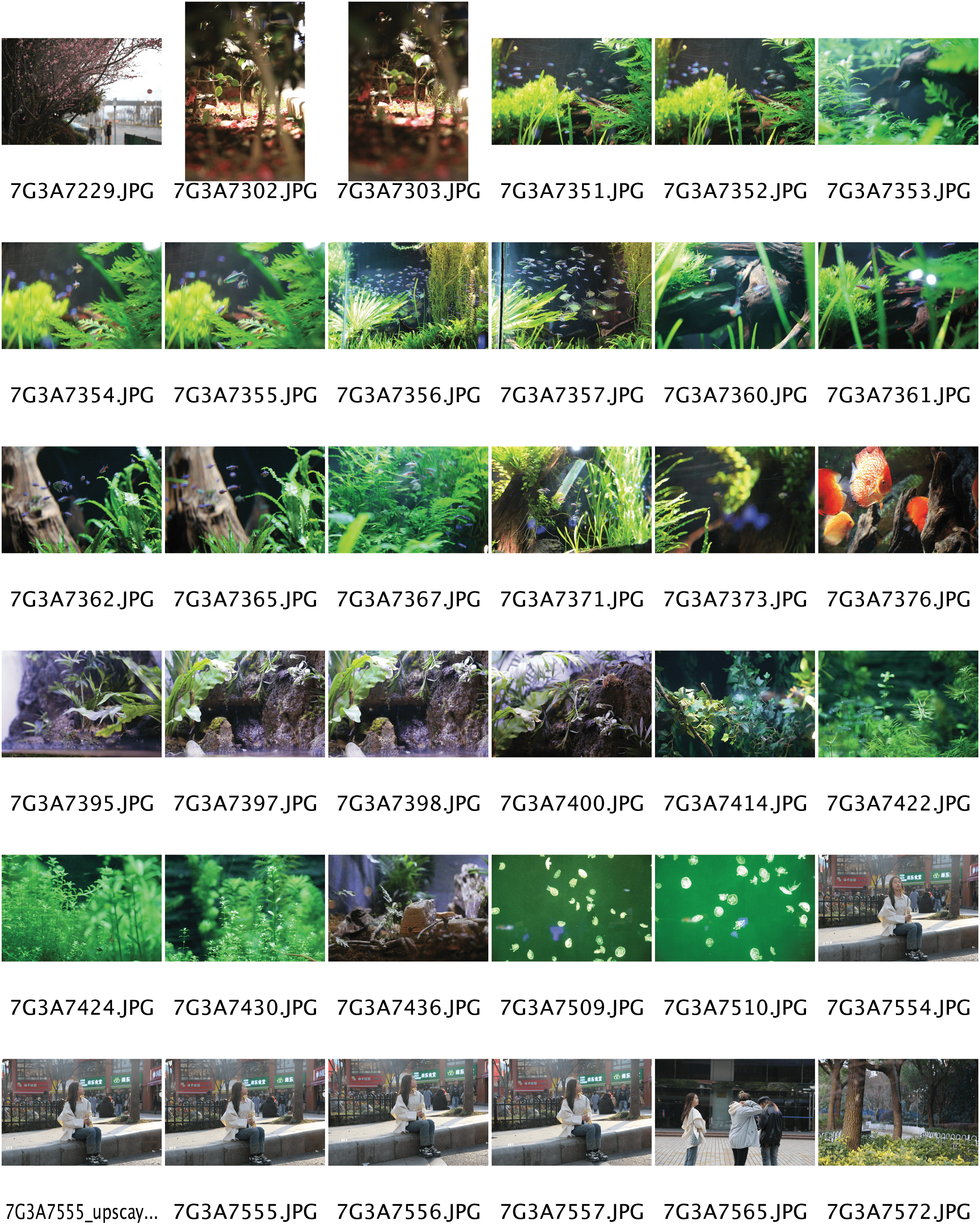Artist: Yancy Tavares | Project: Photo Diptych
CONCEPT:
The diptych’s general concept was to contrast the two photos thematically. The unedited photo would feature a man gazing at an urban cityscape, while the photoshopped photo portrayed a woman in a fantastical forest setting – contrasting urban/rural and reality/fantasy. Both photos center around the main human subjects, with the backgrounds conveying defining characteristics.
A major inspiration was the poster for “Kimi No Nawa”, which clearly contrasts urban and rural environments – an aesthetic I sought to replicate in the diptych. Originally, I aimed for the photos to visually flow together, but limited time led me to connect them conceptually instead.

“Kimi No Nawa” Poster
PROCESS:
Staging and Photographing Part 1–
For part 1, I scouted various city spots seeking a safe location with a good landscape. I ultimately selected a bridge near the dorms as it allowed solo photographs without disruption, featuring a pleasant background. Photographing at sunset capitalized on the phenomenal lighting effects as dusk approached. To capture myself, I set ISO, focus and shutter speed before self-recording with a camera. From the resulting video, I exported a chosen frame and made basic adjustments by increasing exposure, optimizing shadows and highlights, and tweaking black and whites. Color correction was also applied to emphasize the sunset vibe present within the photograph.

Original Frame
I was originally interested in the concept of the two photos being visually continuous, however I opted for something that would connect through concept instead due to time constraints.
Creating Part II–
For Part II, gaining inspiration from the poster presented difficulties since I could only use self-captured photos. Rather than a vast plain compared to the “Kimi No Nawa” poster, I selected a forest to contrast the open space in Part I. Photos came from campus trees and “上海海洋水族馆” landscapes/fish. Multiple poses and expressions of a friend, Daisy, provided the main subject.
In seeking the right combination of body pose and facial expression for the subject, suitable single photos proved elusive. To remedy this, I composited Daisy’s face from an image of her sitting with a photo showing her standing. The resulting peaceful expression aligned with my intended mood for the composition. Through splicing elements creatively, more character and nuance could be brought to the overall scene than isolated stock images offered alone. This demonstrated an ability to problem-solve and think outside conventional parameters to strengthen visual storytelling despite technical limitations.
The forest photo formed the background requiring heavy editing. Trees from contact sheets added depth through cropping and differing blurred/exposed placements. Foreground elements like bushes and rocks came from campus and aquarium respectively. Layering created clear background, middle and foreground for completeness. Blur simulated depth between elements.

Texture, clarity and sharpness graduated from background to subject. Overlapping plants gave the illusion of obstruction and added depth. Fireflies, made from miniature jellyfish photos at the aquarium, brought the forest to life while serving as decorative petals around Daisy. It also brought in a splash of color to the art work, creating more visual interest- as well as visually connecting the different elements together.
A mist effect was also done through using the smudge tool at 25% strength on one of the bushes from the photo creating a more magical feel and effect to the whole composition
Highlights, exposure and glow drew attention to the subject. Diminishing exposure elsewhere emphasized her further, though the “fireflies” remained visible for impact. Balancing elements aimed to tell a cohesive photo-composed story within technical limitations.
Significant Steps, Problems and Solutions–
- A potential concept drawing from “Ponyo” of fishes flying among trees was considered due to majority of the initial photos being very “aquatic”, but it was deemed unrealistic and time-consuming.
- Initially, the forest consisted solely of bushes and trees, which felt monotonous. To remedy this, rocks were selectively added to breaks up colors.

Removed rock for Demonstration Purposes
- As a beginner, cropping faced limitations using the quick selection and lasso tools. The smudge and blur tools served as brute force fixes for most edited photos.
- Early on, individual photos seemed separate rather than cohesive. Color correcting each achieved coherence and fitting cohesion. Fireflies and petals also helped visually tie differing elements together by providing depth and interest.
- Compromises arose from minimal skills, relying on quicker selection methods and blended fixes. Pursuing a concept within self-photograph limits necessitated adaptations to constraints.
- Versions tracking progress included all raw photos together versus an iteration with color-corrected elements. Making adjustments aimed to overcome technical constraints.


LEFT: Version with No Rocks, No Fireflies, No Daisy Glow, Minimal Mist
RIGHT: Raw File Without Color Correction
CONCLUSION:
- Given more time, improvements could be made to composition and Photoshop skill quality. Compositionally, planning may have resulted in a scene easier for viewers to comprehend without clutter. As a beginner, developing proficiency with tools would enhance technical ability.
- Additional elements like waving hair could lead the eye through Photo 2 logically based on established components. More consistency between photos may better tie their conceptual connection.
- Lighting adjustments aiming for realism presented challenges due to task complexity and current limitations. Further experience and learning offers potential pathways to surmount technical hurdles through expanded proficiency long term.
- While satisfied overall, planning and honing digital prowess represent two prime areas that would lift future iterations through addressing coherence, connection, and rendering nuance. Continued growth with software and artistic vision provides avenues to progressively strengthen work.
PROJECT:


CONTACT SHEETS:


Leave a Reply